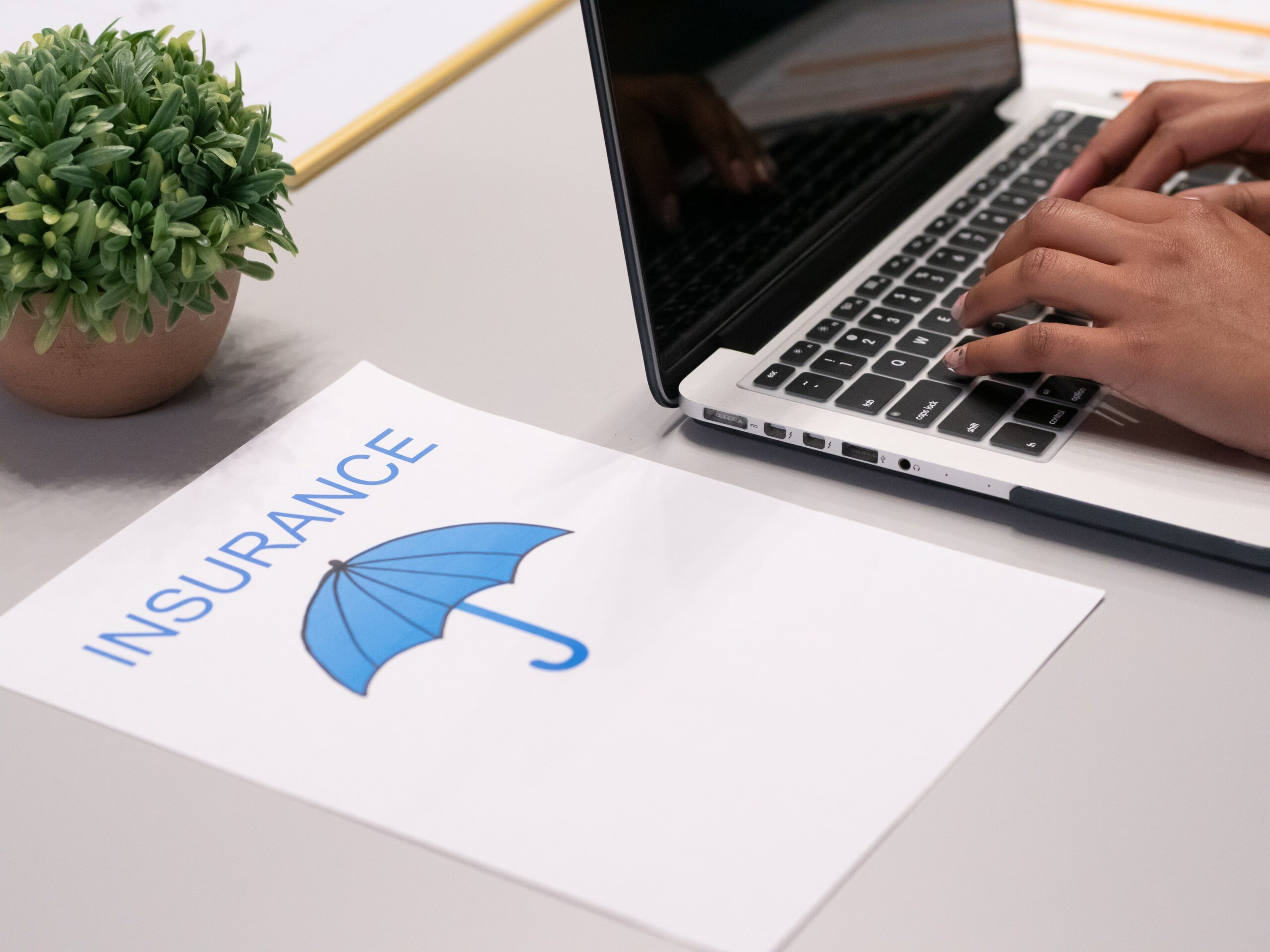Many companies are in the midst of a digital transformation–embracing technologies like big data analytics, the internet of things (IoT), and cloud-based software and storage solutions spread across complex, distributed networks.
Consumer data privacy regulations are becoming increasingly common–and increasingly strict.
Additionally, the sudden shift to remote work introduced a new set of threats. In this article, we’ll examine some best practices for getting your cybersecurity and data privacy strategy in order.
The Importance of Data Privacy & Cybersecurity
Regardless of industry or size, today’s businesses are powered by data. Data is what makes it possible to capture a competitive advantage by serving up personalized experiences, capturing actionable business insights, and automating business operations. While our ever-growing data sets offer a ton of business value, they also introduce a number of risks, challenges, and obligations.
More Regulations
In 2018, the EU introduced the General Data Protection Regulation (GDPR), then in January of 2020, the California Consumer Privacy Act (CCPA) went into effect and was followed by a number of similar bills introduced by other states.
It doesn’t matter if you’re based out of California or Europe; if you have customers/users in those locations, you’re responsible for following their rules and for protecting consumer privacy.
Essentially, that includes just about any company with an online presence.
The sharp rise in regulations represents a shift in the collective mindset, revealing that the average consumer is concerned about what companies know about them and how they use that information.
Meeting today’s data privacy and cybersecurity standards require organizations to secure sensitive customer data and preserve its integrity while also following best practices for capturing, retaining, and discarding that data.
Make Sure Cybersecurity Aligns with the Overall Business Strategy
According to a recent report from Forrester, there’s a significant disconnect between how businesses understand and manage cyber risk. In it, authors urge data leaders to become advocates for securing both the technology and the business itself, framing security initiatives around the impact it has on the big-picture strategy.
Another report, published by Gartner says that organizations should focus on building a strategy that allows them to protect their business at the speed of digital business–creating an adaptive strategy that allows them to respond to threats in real-time, as well as to adapt to sudden changes like the ones brought on by the COVID-19 outbreak.
Data Privacy Protections Build Trust Among Consumers
As demonstrated in countless recent headlines, customers who use platforms–particularly those that share data with third-party services–run the risk of having their data misused.
Establishing a strategy for protecting consumer data and communicating those practices to your audience allows brands to build trust through transparency. It also allows organizations to demonstrate that they value their consumers by making good on their promise to safeguard sensitive information.
Focusing on Security Protects Your Business from Reputational Damage
On the opposite end of the spectrum, data misuse or high-profile security breaches can cause significant reputational damage, completely eroding consumer trust and brand confidence.
While the financial costs of non-compliance are well-known, organizations need to make sure that they take just as much care to mitigate reputational risks. Reputational risks could potentially take down your entire business.
Streamline Data Protection Policies
Organizations need to establish a standard set of procedures for managing the end-to-end customer data life cycle.
Companies must have complete visibility into what data they collect, where they collect it, how it’s used. What’s more, they need to be able to explain how these practices provide value to their customers.
With that in mind, your governance strategy should include the following elements:
- Data classification. What types of data do you collect? Do you have a system for categorizing and segmenting that data? For example, you’ll want to make sure you can separate payment details from product preferences and email opt-ins.
- Data lineage. Where did the data come from? And what happens to it throughout the course of its lifecycle?
- Data capture. How do you collect data? Where do you collect that data from? Do you have a process in place that ensures that you have informed consent?
- Acceptable use. Do you have documentation outlining acceptable use? For example, if you share customer data with third-parties, have you made that clear to your audience? And do you have the appropriate data-sharing agreements with those external parties in place?
Ultimately, establish a set of policies and standards that make it easy to protect the integrity of the data you collect and respond to customer requests and security threats as they happen.
Embrace Big Data Analytics for Cybersecurity
Attempting to maintain data privacy and cybersecurity standards manually isn’t exactly possible. Consider the massive amount of data you’re sitting on right now and it’s easy to imagine that getting on top of it presents a long list of challenges–most of which require the power of AI and machine learning.
According to a 2019 IDG Cybersecurity Priorities Study, business leader respondents cited internal security threats, compliance issues, and a lack of data literacy as their top concerns.
Another report from CrowdStrike revealed that 95% of respondents fail to meet the standards defined by the 1:10:60 rule. According to the findings, the average organization takes over 160 hours to detect and contain a data breach.
Big data analytics tools can help companies get ahead of security challenges and maintain compliance standards across sprawling networks.
Self-serve intelligence platforms can help organizations gain complete visibility into the threat landscape, and better prevent, detect, and predict potential threats.
Final Thoughts
In the end, companies need to take a more proactive approach in addressing cybersecurity and data privacy issues. Not only is this vital for getting ahead of financial and reputational risks, but it also enables organizations to start thinking about cybersecurity in terms of the value it brings to the business.
Tiempo Development is a leading nearshore software development company that connects clients with high-performance teams, focused on delivering the best possible outcomes.
Click here to learn more about our process, services, and how we create value.
Resources:
https://www.cio.com/article/3563511/defining-a-data-privacy-strategy-in-the-digital-era.html









